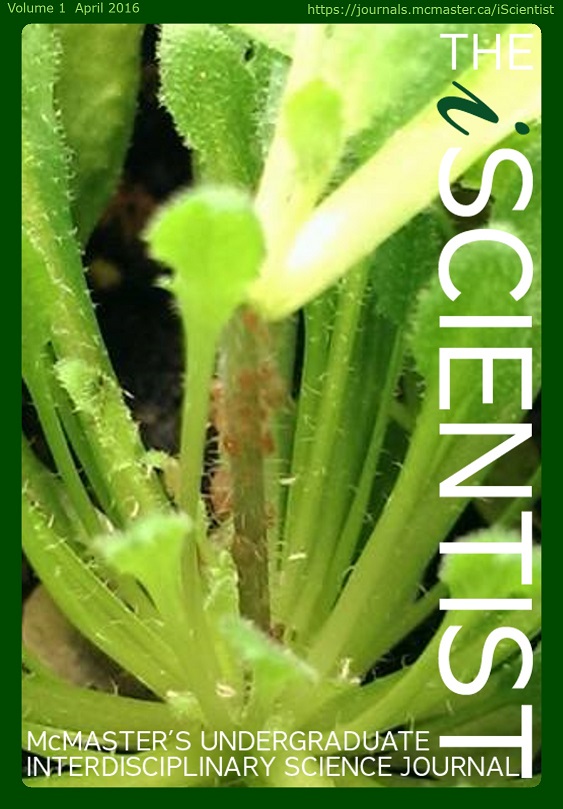Mendel and the Study of Genetics
Keywords:
hybridization, inheritance, heredity, trait, law of segregation, allele, dominant, recessive, LysenkoismAbstract
The history of genetics began in the mid 19th century with a scientist named Gregor Mendel who determined the 3:1 ratio commonly found in the allele frequencies of a monohybrid cross, and came up with several laws pertaining to inheritance, notably the law of segregation. His orginal 1866 publication 'Experiments on plant hybridization' did not receive much attention until the early 20th century when it was allegedly rediscovered by three scientists: Hugo de Vries, Carl Correns, and Erik Von Tschermak. From this rediscovery arose the birth of modern genetics, which was studied by pioneers like William Bateson (who expanded upon Mendel's law of segregation), R.C. Punnett (who famously created the template of the Punnett square), and Wilhelm Weinberg (who developed the Hardy-Weinberg equation). Unfortunately, the development of modern genetics introduced a number of controversies and political movements. This includes an anti-Mendel view on science that prevailed in the USSR known as 'Lysenkoism', and the widespread movement of eugenics during the mid 20th century. Despite the political complications involved with genetics, researchers such as Oswald Avery made new steps towards the mechanism and structure of DNA. In 1951 James Watson and Francis Crick came up with the double helix model of DNA with major contributions from Rosalind Franklin and Linus Pauling.Downloads
Published
2016-04-08
Issue
Section
Articles
License
Authors who publish with this journal agree to the following terms:- Authors retain copyright and grant the journal right of first publication with the work simultaneously licensed under a Creative Commons Attribution License that allows others to share the work with an acknowledgement of the work's authorship and initial publication in this journal.
- Authors are able to enter into separate, additional contractual arrangements for the non-exclusive distribution of the journal's published version of the work (e.g., post it to an institutional repository or publish it in a book), with an acknowledgement of its initial publication in this journal.
- Authors are permitted and encouraged to post their work online (e.g., in institutional repositories or on their website) prior to and during the submission process, as it can lead to productive exchanges, as well as earlier and greater citation of published work (See The Effect of Open Access).


